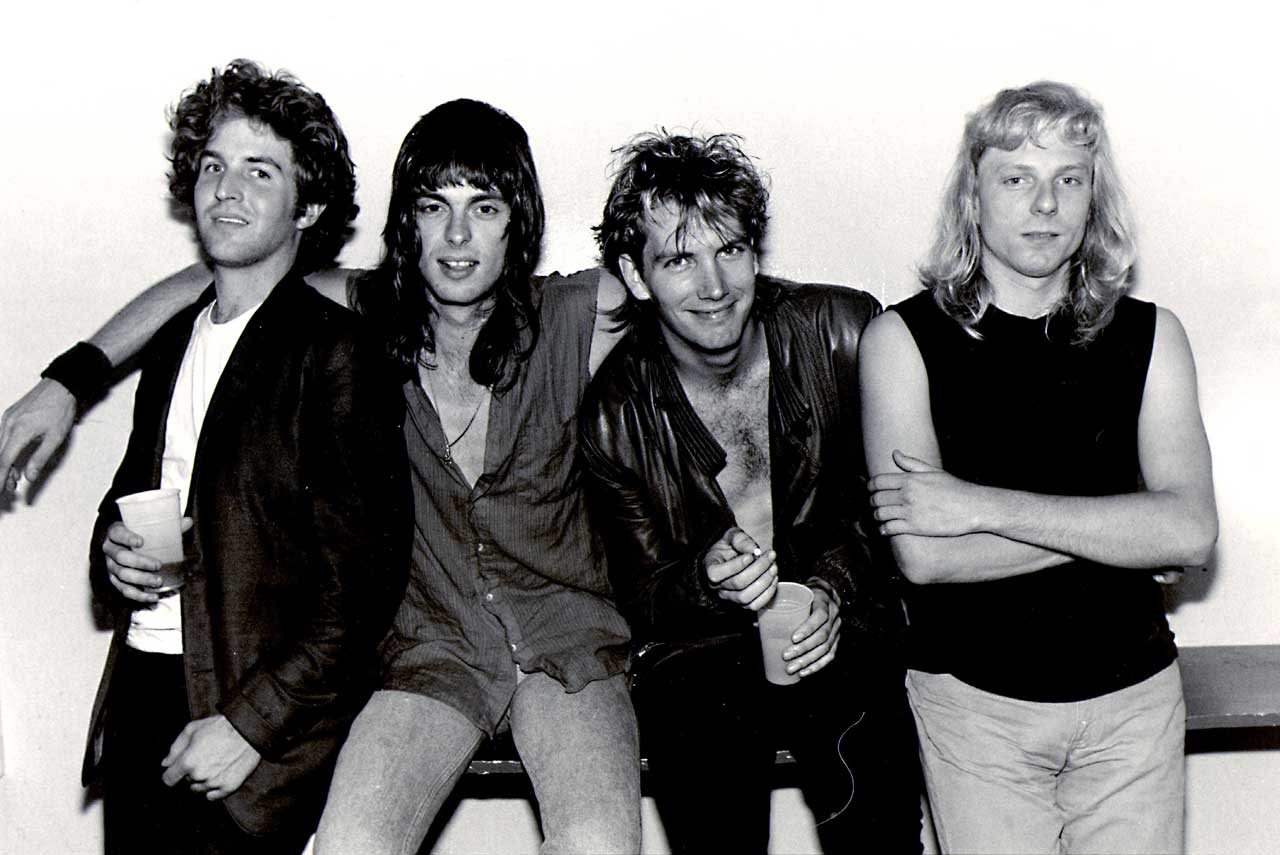The Dream Syndicate were founded in 1981 in LA by singer/ songwriter Steve Wynn and Kendra Smith, who were joined by guitarist Karl Precoda and Dennis Duck on drums. Duck came up with the band’s name, a reference to a 1960s New York experimental combo featuring John Cale. They were hailed as part of the Paisley Underground, a loose, slightly spurious coalition of LA new wave bands that also included Green On Red and The Bangles.
“Being part of any movement helps draw attention to any band,” Wynn told Classic Rock in 2014. “Hopefully you outlive the movement. Were we some sixties-style band? Clearly not. But we were able to use that excitement of something new happening.”
The Dream Syndicate were more in the tradition of the Velvet Underground and Television, determined to raze a frilly rock scene back to point zero.
“By 1980 it felt like the excitement of punk and new wave had gone, and been replaced by Haircut 100 and A Flock Of Seagulls,” said Wynn. “We existed because no one was making music we wanted to hear any more, so we made it ourselves.”

At a time when US rock was dominated by synths and over-production, The Dream Syndicate matched a jet-black lyrical sensibility with feedback guitar, courtesy of Precoda, as showcased on debut album The Days Of Wine And Roses. In 1984 they moved to A&M, with commercial high hopes for their album Medicine Show.
“A&M were a good label – Herb Alpert’s label, for Christ’s sake, he’s a cool guy! – but there was never the chance that we were going to be a chart-topping band. We were designed to be a cult band – loved by people who were fanatics for music. We had a great run, but we were never going to be, say, REM.”
Instead The Dream Syndicate preferred to test audiences and themselves with extended wig-outs, anticipating the antics of groups like Sonic Youth later in the decade.
“It wasn’t very popular,” said Wynn. “And that made us do it even more – play 35-40 minute versions of John Coltrane Stereo Blues, just to clear the room so that the ten per cent left had seen something really exciting.
“For me and The Dream Syndicate, my roots were in punk rock: how you could rip everything apart and rebuild it in your own way. But we were also tearing up what we ourselves were doing as we went along, reinventing ourselves. As soon as someone said: ‘We love that you do feedback,’ that was it, no more feedback. We were even rebelling against the people who embraced us.”
The Dream Syndicate – John Coltrane Stereo Blues (Live on KEXP) – YouTube 
Dropped by A&M, Karl Precoda left the group, and was replaced by Paul B Cutler. Despite their more polished sound, Wynn’s mordant lyrics, evident in titles like Someplace Better Than This, Black and When The Curtain Falls on their fourth album, 1988’s Ghost Stories, sealed their commercial fate.
“In the eighties it was tough to battle against the true stars, the producers, who were responsible for the fact that so many records in that decade sound horrifying. Fortunately the darkness of the lyrics always came through.”
The group split in ’89, but in 2012, Wynn, who had been recording solo and with other bands, reassembled Dream Syndicate for a tentative tour and possible new material. They’ve since released four new albums, the most recent of which, Ultraviolet Battle Hymns and True Confessions, was released in 2022.
“There’s a lot of people who have learned about The Dream Syndicate since we broke up,” Wynn told us. “I’m happy to be doing shows for them, in the spirit we did it back then. We’re not a museum piece.”
The original version of this feature appeared in Classic Rock 195 (April 2014)
